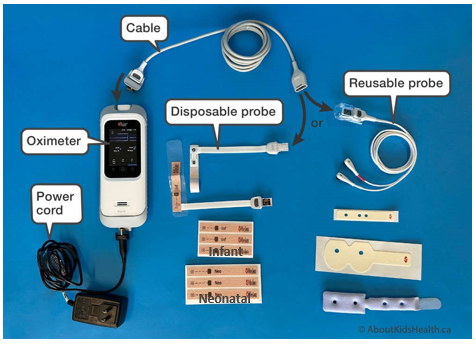HINT: How do I perform a paediatric neurological assessment?
Connected Care Quick Hits are up to date and evidence based recommendations for the care of children with medical complexity & technology dependence, from hospital to home.
HINT: How do I perform a paediatric neurological assessment?
SITUATION:
This QuickHit was informed by a Connected Care Live consult from a community/home care provider that asked about a change in an infant's neurological status.
BACKGROUND:
When caring for infants and children situations may arise that prompt a community/home care provider to perform a thorough neurological assessment. Understanding the components of a neurological assessment, as well as principles unique to the paediatric population promote safety for children with medical complexity.
ASSESSMENT:
For some children with medical complexity neurological assessments may be a part of their routine physical assessment (e.g. when titrating anti-epileptics). Conducting a neurological assessment for a child is also indicated in all of the following:
history of a neurological condition (e.g. ventriculo-peritoneal (VP) shunt, hydrocephalus, brain tumours, seizures, etc.)
acute head trauma (e.g. fall)
any change in behaviour or level of consciousness
RECOMMENDATION:
The components of a paediatric neurological exam depends on the child's developmental age, stage and ability to follow commands or verbalize. Know the child's baseline neurological status prior to your assessment.
In this consultation Connected Care recommended the community/home care provider carry out the following components of a paediatric neurological assessment in partnership with the family caregiver:
Pupils
Using a flashlight assess for:
size
shape
reactivity
Limb Movement and Strength
Assess for:
spontaneous and symmetrical movement in all limbs
ability to move limbs against gravity and resistance if able to obey commands (e.g. grip, plantar flexion, etc.)
Behaviour
Assess for:
irritability
lethargy, drowsiness, sleeping more or less than usual, difficult to wake from sleep
confusion/memory loss
Physical Symptoms
Assess for:
nausea or vomiting
seizures
headaches
vision changes
loss of balance or coordination
Level of Consciousness
Connected Care recommends using a Glasgow Coma Scale (GCS) adapted for children to assess level of consciousness (see table). Assess the individual based on age and determine a score for each category:
Eye Opening
Motor Response
Verbal Response
Add the three values together for a total score, which will provide a range from 3-15. Compare this total to their baseline to assess for any decrease in score. The higher the score, the higher the level of consciousness.
Table adapted from "Guidelines for Basic Paediatric Neurological Observation" by Provincial Neurosurgery Ontario and Critical Care Services Ontario
In the event of any decline from baseline neurological status including a decrease in Glasgow Coma Scale (GCS) score, partner with the child’s caregiver to escalate care immediately. Take the child to the nearest emergency department or call 911 if needed.















